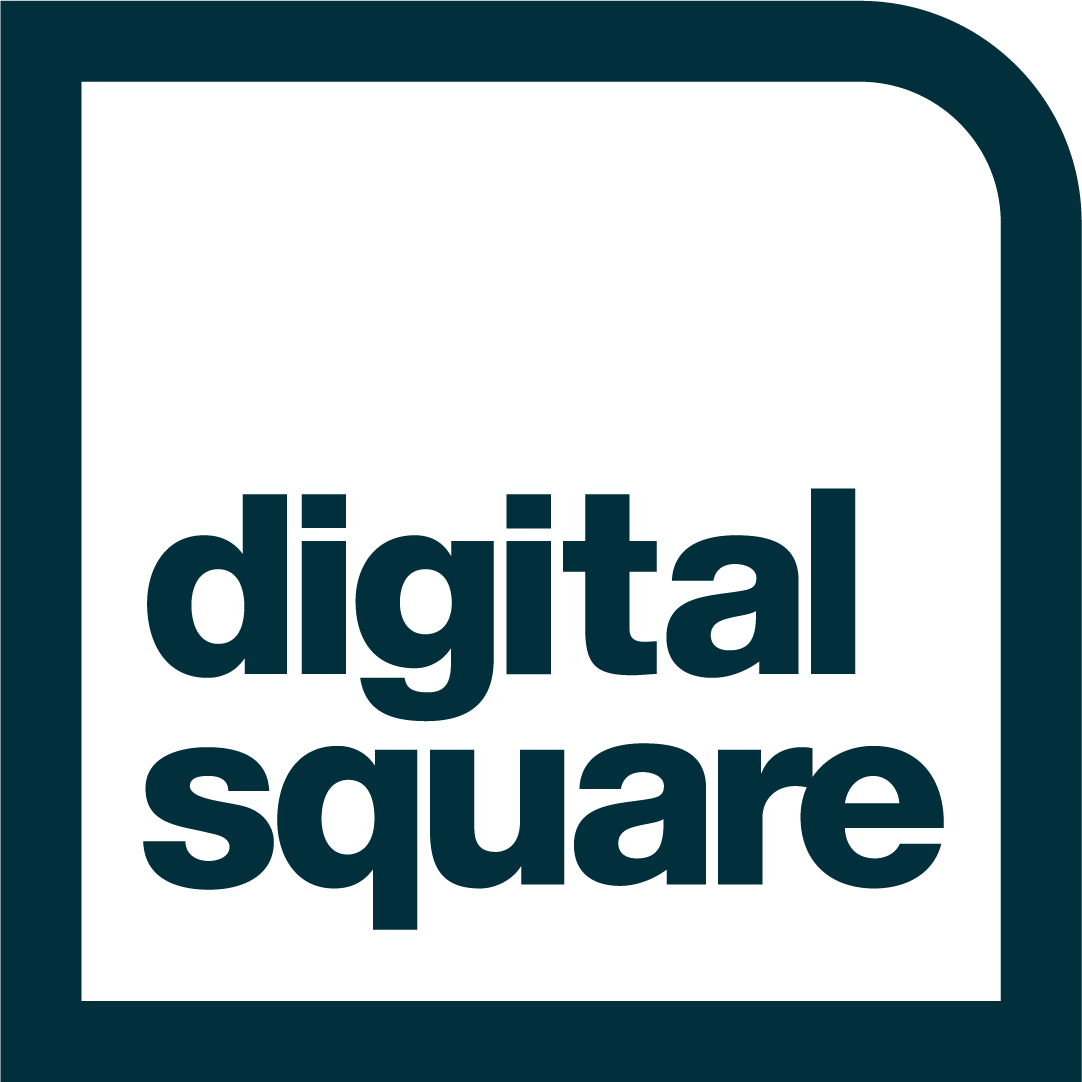Through the USAID-funded Map and Match project, Digital Square has mapped the existing functionality of approved global goods to COVID-19 use cases described in the Digital Applications and Tools Across an Epidemiological Curve (DATEC).
Below is a list of Digital Square approved global goods mapped across the use cases visualized in the DATEC.* The global goods are grouped by those that have already been adapted to match a use case and those that could be adapted to match a use case (i.e., simple, easy, low-lift adaptations). More information about global good adaptations for COVID-19 can be found on the Digital Square wiki here.
Coordination
and operation
Support emergency operation centers and other coordination response efforts that make decisions about disease outbreaks.
existing adaptations
Potential Adaptations
Point of entry
System to strengthen border health security, screen, and follow up with suspected infected persons at ports of entry and other border entry points.
Existing Adaptations
Potential Adaptations
None noted.
Supply chain
System for monitoring facility readiness and stock levels.
Existing Adaptations
Potential Adaptatoins
Case management
System for documenting client details and clinical interactions.
Existing Adaptations
Potential Adaptations
Contact tracing
Identification and follow-up with people who have had high-risk interactions with infected persons.
Existing Adaptations
Potential Adaptations
Health facility and provider administration
System for managing facility accounting and human resources.
Existing Adaptations
Potential Adaptations
Infection prevention control
Systems that support triage; isolation; water, sanitation, and hygiene; and waste management to prevent transmission to staff, other clients, and the community.
Existing Adaptations
Potential Adaptations
Risk communication and community engagement
System for channeling messaging and communication to the public to promote public awareness, counter misinformation, encourage treatment-seeking behaviors, and encourage citizens to take appropriate actions to promote health.
Existing Adaptations
Potential Adaptations
None noted.
Diagnostic tools
Diagnostic tools with digital connectivity to support monitoring, documentation, and reporting of diagnoses.
Existing Adaptations
Potential Adaptations
None noted.
Event-based surveillance
System with functionality or ability to monitor patterns indicative of infectious disease epidemic outbreak; systems to detect and document cases of emerging disease threats, investigate those threats, identify cases, and manage the response.
Existing Adaptations
Potential Adaptations
Laboratory systems
System with functionality to order lab tests, follow progress of client samples, and receive test results (e.g., confirm suspected cases).
Existing Adaptations
Potential Adaptations
Learning and training
Systems or tools that deliver new content or reinforce learning using mobile phones, tablets, or computers, including localized e-learning solutions for health workers and others.
Existing Adaptations
Potential Adaptations
Routine Surveillance
System to manage health data and track trends on an ongoing basis, regardless of whether there is an outbreak or epidemic. Systems usually include aggregate data.
Existing Adaptations
Potential Adaptations
Interoperability
Supports harmonized data exchange between digital health information systems.
Existing Adaptations
Potential Adaptations
Data Science Assets
The tools, resources, and approaches that support the intentional and integrated use of data to produce actionable insights that strengthen health systems.
Existing Adaptations
None noted.
Potential Adaptations
*The information used in this mapping was self-reported by the developers of the global goods.































































































